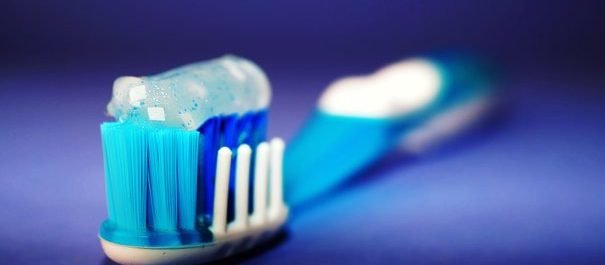Corn Surplus? There’s a Product for That

With a big U.S. corn surplus, manufacturers may look for new ways to use corn.
The U.S. has a corn surplus. And with the 2017 corn season predicted to be the best on record, the corn carryover is sure to increase. Corn already touches many products. But with an even greater corn surplus, manufacturers and R&D teams may find new and different ways to use corn.
Here are some of our favorites…
Easy clean-up Alkyd
Many paints and lacquers include alkyd — a binding agent made from plant-based oils, including corn oil.
The beauty of alkyd paint is that it acts like an oil-based paint, making it tough and versatile. But it handles like a water-based paint (as in, it’s easy to clean-up).
Additionally, where traditional oil-based paints rely on petroleum products, making them more expensive, manufacturers might find alkyd paints appealing due to their use of economical, renewable resources — such as corn.
Clean and clear sorbitol
Many everyday products contain the corn derivative sorbitol. It’s a popular sweetener, but it’s also used in soaps and toothpastes.
For example, sorbitol gives glycerin soap (and gel toothpastes) their transparent look. It also helps keep toothpastes moist.
Additionally, sorbitol has been used in these hygiene products for a long time and comes with the U.S. Food and Drug Administration’s (FDA) “safe” seal of approval.
And at a time when consumers are demanding safe products, corn-derived sorbitol is great for manufacturers wanting to make products for “natural” brands.
Preserve and enhance with citric acid
Citric acid might not be the first thing we think of when it comes to corn. Traditionally, citric acid comes from citrus fruit.
But with its high demand as a preservative and flavor enhancer, the corn-derived version (along with the beet sugar, molasses and wheat versions) makes for a convenient and cost effective “lemon-lime” alternative.
And with the current corn surplus making corn an economical ingredient, manufacturers may find corn-based citric acid an appealing alternative.
Biocompostable plastics
Petroleum-based plastics are a consumer mainstay. They’re also non-biodegradable, making them less popular with earth-conscious consumers.
Recently, though, corn has been making its way into more plastic products, such as disposable cups and packing peanuts. And due to its short “after life,” it’s an attractive, earth-friendly plastic.
The corn starch polylactic acid plastic (PLA plastic) is “biocompostable”. In other words, it’s not recyclable like conventional plastic, but is composted instead.
That means, this new type of corn-based plastic meets the biocompostable criteria – it breaks down at the same rate of paper into harmless, organic matter.
For manufacturers looking to channel corn into a product with a strong “green” selling point, PLA plastic may be a good option.
Cashing in on the corn surplus
So, this year’s corn crops are looking to bring in big yields. And manufacturers already use corn in many products. But as this readily available staple becomes a more popular, economical “ingredient,” we may see more and more innovative uses for corn.
Is your company exploring or implementing new ways to use corn in your products? Without giving away R&D secrets, we’d love to hear your take on any new and/or unusual corn-based products. Please let us know in the comments section.
Looking to buy, sell or recycle your corn or other ingredients? We can help. Get in touch here
